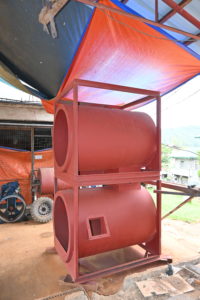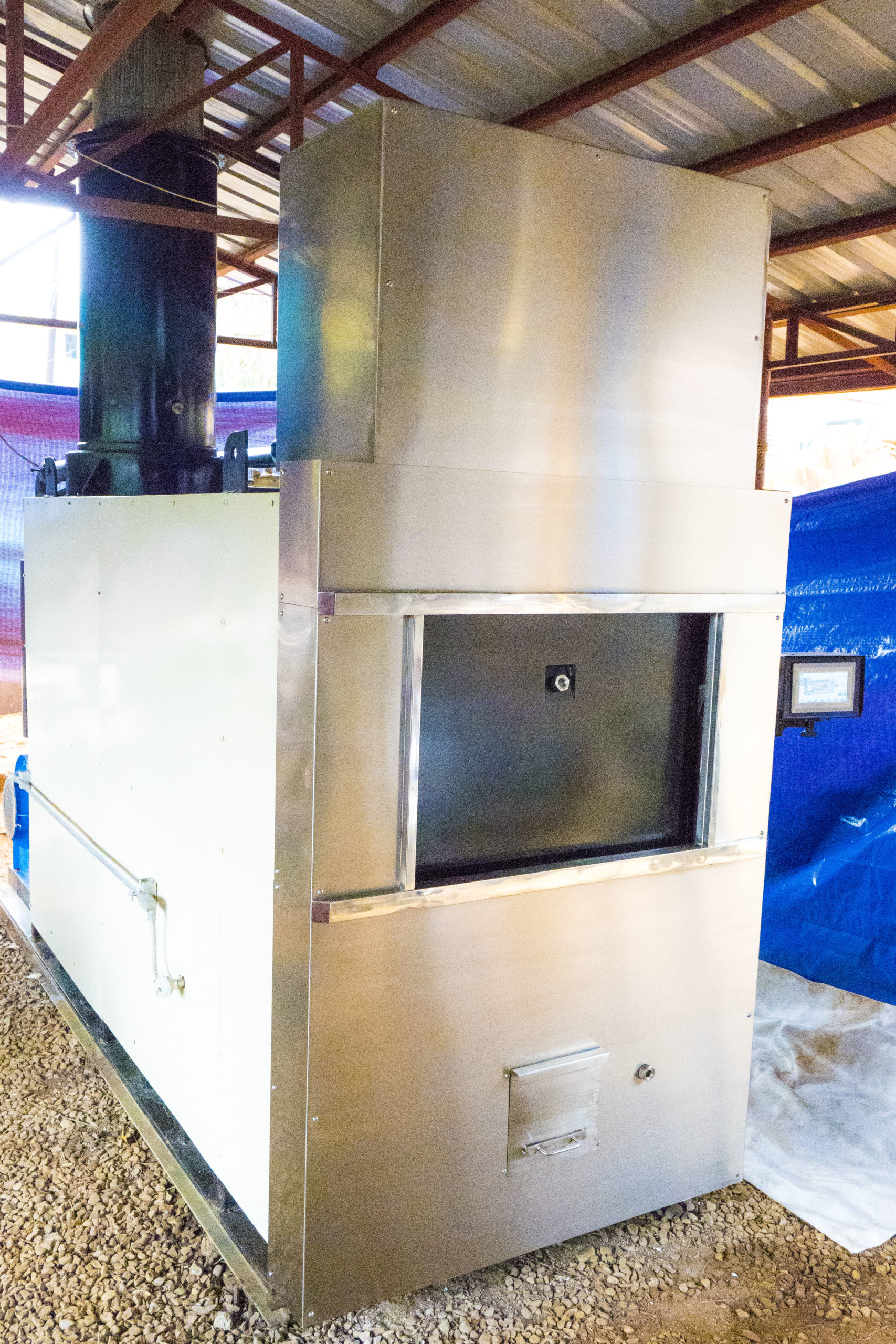On top of everything else you’re worried about with the COVID-19 virus, you may want to give a thought to how the healthcare industry will be able to remove waste safely and properly. COVID-19 is a virus that can live on through material we touch and the medical waste we throw away. Does anyone know what the threat is for those who come into contact with COVID-19 contaminated medical waste?
Healthcare workers have rightfully become the unsung heroes with this virus. The network of hospitals and healthcare workers are now focused on caring for COVID-19 infected patients. Hospitals are now having to deal with a build-up of medical waste through no fault of their own.
Waste haulers are starting to be overburdened with the surge of regulated medical waste. Everything from masks, to medical equipment, now needs to be disposed of securely and safely. If disposal services fail to find a way to handle the coronavirus medical waste, there could be a new wave of infection in the health care industry.
It’s vital that COVID-19 contaminated medical waste gets disposed of, so it poses no threat to those who come into contact with it. Read on to explore what some of the answers are for this immediate problem.

COVID 19 Medical Waste
The problem with COVID 19 is it lives on through materials like cardboard and plastic. Medical researchers have been trying to keep up with all the ways this virus can be transmitted, but new information seems to come out almost every week. New research began coming out last week that raised more concerns about surface transmissions.
The National Institute of Allergy and Infectious Diseases (NIAID) and the Centers for Disease Control and Prevention (CDC), along with various higher education universities, reported that Coronavirus lives on plastic, paper, cardboard. The virus lives on for as long as three days. Concurrent to that news, the healthcare industry started disposing of used Personal Protective Equipment (PPE) waste.
PPE is now starting to build up, and medical waste disposal companies are rapidly becoming overwhelmed. There are already statistical facts and reports letting all of us know of the dangers of COVID-19 and how it stays on everything for hours or days. If a public policy doesn’t find a way to deal with the medical waste issue and how to dispose of it safely, the health repercussions could be immense.
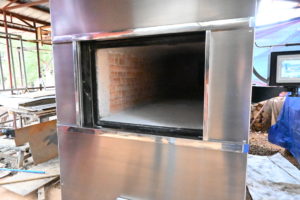
Disposing of Hazardous Waste
There’s no surefire way to dispose of hazardous waste, so there is always some risk. But one of the most foolproof methods is to incinerate the contaminated hazardous waste onsite. There are small incinerators that are very helpful and proactive in preventing medical waste once contaminated from being exposed to all.
That means the small incinerators can provide help in trying to prevent healthcare workers from being infected through contaminated waste. It may be a way for disposal company workers from ever having to deal with being exposed to a contaminated piece of medical waste. Most importantly, it can help keep the general public safe or ever having to be exposed to yet another method of transmission from this insidious disease.
It’s important to remember that the Coronavirus is a string of genetic material encased in a fatty membrane. Once you put this string of genetic material living on a piece of medical waste in the fire or expose it to pounds of pressure per square inch, you can exterminate it. The problem that’s coming is, what do you do with what’s getting ready to happen?
How do you prepare for all the hundreds and thousands of new cases being diagnosed daily?
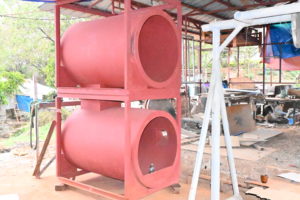
Medical Waste Disposal for Healthcare Workers and the General Public
What happens when the medical waste haulers and treatment centers being used today for COVID-19 medical waste are overburdened tomorrow? There’s going to be a flood of medical waste that could result in infections for healthcare workers, medical waste haulers, and the general public. Biohazard medical waste is not easy to dispose of non-Coronavirus days.
Adding the coronavirus medical waste that has already proven to live on the surface of plastics, paper, cardboard, and more for days is almost overwhelming to think about. This hasn’t become newsworthy yet only because there hasn’t been time to think about it. The medical community, healthcare workers, government agencies, researchers, scientists, and more are so busy trying to find a cure or an answer to COVID-19, no one has had time to worry about the medical waste it’s generating.
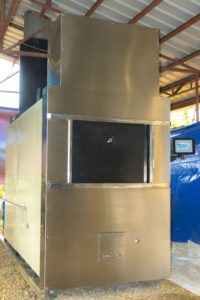
Disposing of Hazardous Waste Takes Being Proactive
But it’s vital to be ready and proactive before there’s a need to dispose of all the already here biohazard medical waste. If we wait until it’s overflowing, there may be no easy or safe way to dispose of it. That may result in it being too late to avoid medical fall-out and consequences.
There is a safe way to dispose of this biohazard medical waste, and it’s been here all along.

The Removal of Cornovirus Healthcare Waste Safely and Properly
There’s no doubt that waste from the Coronavirus response, including all the PPE, testing, and treatment waste, is starting to build up. There’s a safe way forward, and it can remove healthcare waste safely and properly. Incinerating medical waste contaminated with the Coronavirus can be done onsite.
The company, Elastec, has environmental products in 155 countries. Elastec has portable incinerators and industrial vacuum systems. Elastec has dedicated itself to cleaning up pollution, toxic waste, and medical waste, so those who live near it or the world impacted by it may never have to worry about it.
